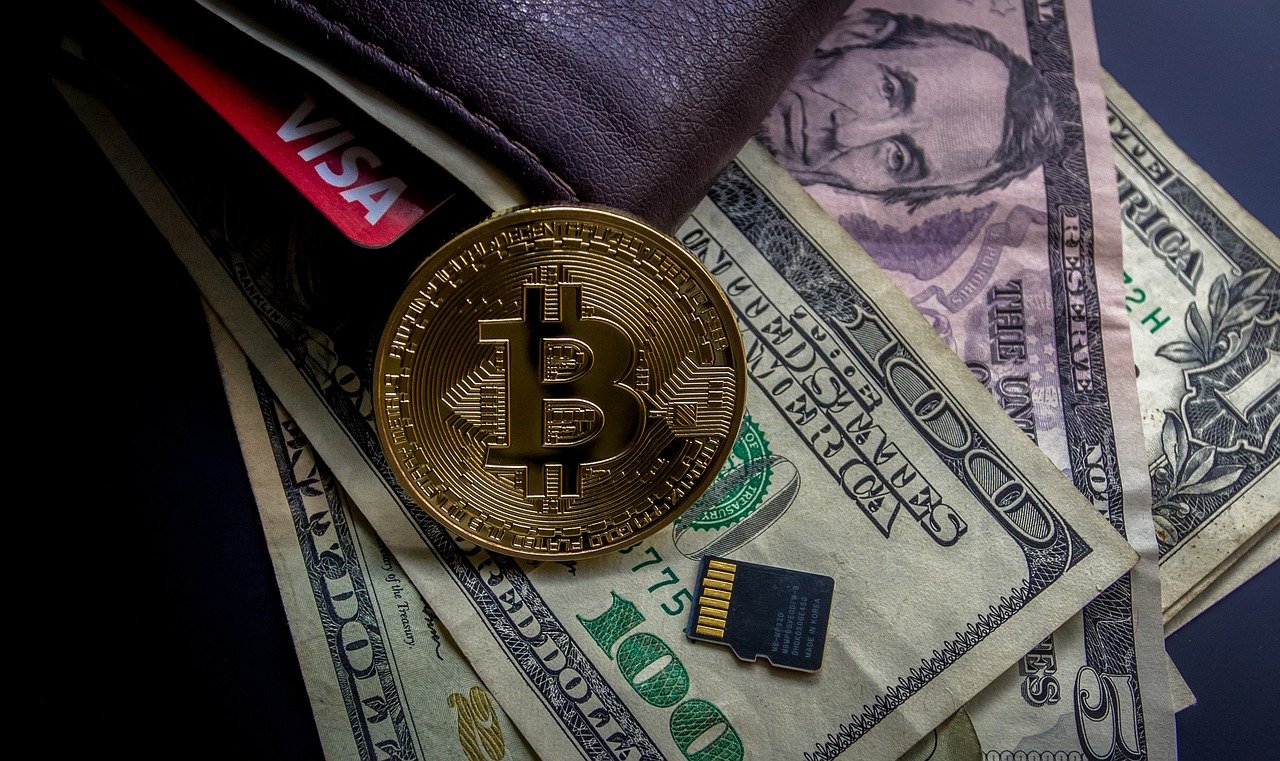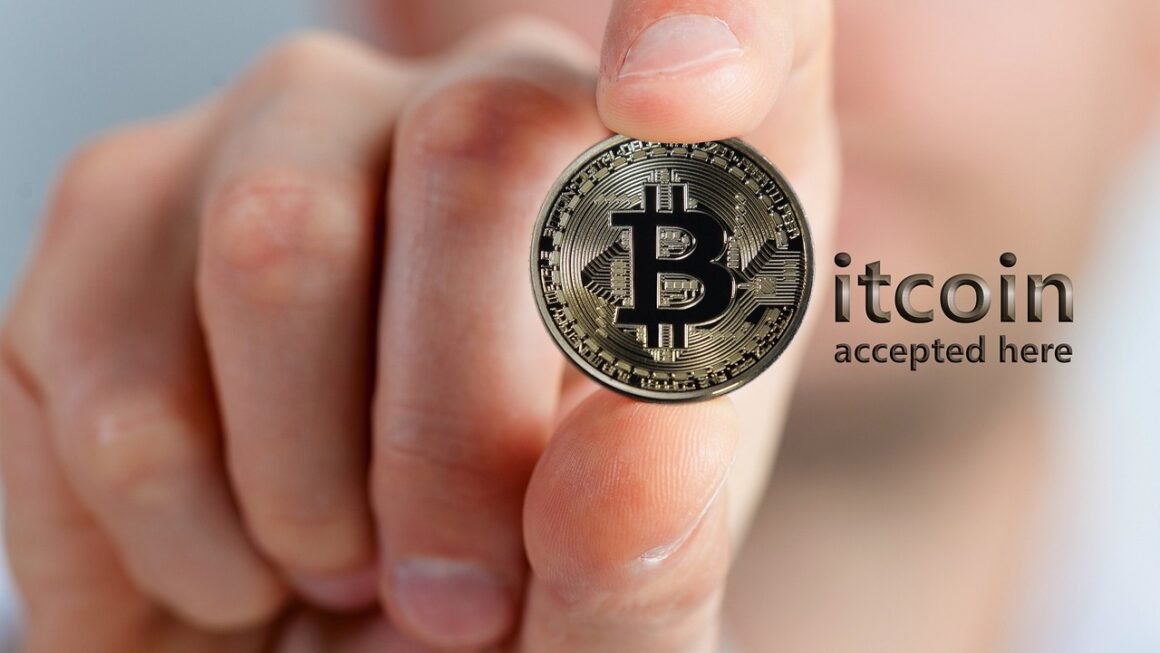Cryptocurrency has revolutionized the financial landscape, offering decentralized and secure transactions. However, managing and safeguarding your digital assets requires a crucial tool: a crypto wallet. Understanding the different types of wallets, their security features, and how to use them is essential for anyone venturing into the world of cryptocurrencies. This comprehensive guide will walk you through everything you need to know about crypto wallets, empowering you to navigate the digital asset space with confidence.
What is a Crypto Wallet?
Defining a Crypto Wallet
A crypto wallet is essentially a digital interface that allows you to interact with a blockchain network. Unlike a physical wallet that stores cash, a crypto wallet doesn’t actually hold your cryptocurrency. Instead, it stores the private keys that are needed to access and control your digital assets on the blockchain. Think of it like a key to your safety deposit box containing your crypto on the blockchain. Without the key (private key), you can’t access your funds.
How Crypto Wallets Work
Crypto wallets work by generating cryptographic key pairs: a public key and a private key. The public key is like your account number, which you can share with others to receive cryptocurrency. The private key, on the other hand, is like your password. It is crucial to keep your private key secure, as anyone with access to it can control your funds. When you initiate a transaction, your wallet uses your private key to digitally sign the transaction, proving your ownership of the funds.
Importance of Secure Crypto Wallet Management
The security of your crypto wallet is paramount. If your private key is compromised, your funds can be stolen. Therefore, it’s essential to choose a secure wallet and implement best practices for protecting your private keys. Statistics show that a significant percentage of crypto losses are due to compromised private keys, emphasizing the importance of vigilant security measures. For instance, a report by Chainalysis estimated that billions of dollars worth of cryptocurrency were lost in 2023 due to hacks and scams targeting private keys.
Types of Crypto Wallets
Software Wallets (Hot Wallets)
Software wallets are applications that you can install on your computer, smartphone, or web browser. They are known as “hot wallets” because they are connected to the internet.
- Desktop Wallets: These wallets are installed on your computer and offer a balance between convenience and security. Examples include Electrum (for Bitcoin) and Exodus (multi-currency).
- Mobile Wallets: Mobile wallets are apps for your smartphone, making them convenient for everyday transactions. Examples include Trust Wallet and Coinbase Wallet.
- Web Wallets: Web wallets are accessed through a web browser, allowing you to access your crypto from any device. Examples include MetaMask (a browser extension) and Blockchain.com.
Hardware Wallets (Cold Wallets)
Hardware wallets are physical devices that store your private keys offline, making them much more secure than software wallets. They are often referred to as “cold wallets” because they are not constantly connected to the internet.
- Ledger: Ledger is a popular hardware wallet that supports a wide range of cryptocurrencies. It’s known for its strong security features and user-friendly interface.
- Trezor: Trezor is another leading hardware wallet that offers robust security and supports multiple cryptocurrencies.
- KeepKey: KeepKey is a hardware wallet that emphasizes ease of use and provides a secure way to store your private keys offline.
Paper Wallets
A paper wallet is simply a printed copy of your public and private keys. It is a completely offline method of storing your crypto, making it very secure against online attacks.
- Generating a Paper Wallet: You can use online tools to generate a paper wallet, but be sure to use a reputable and open-source tool.
- Storing a Paper Wallet: Keep your paper wallet in a safe and secure location, protected from physical damage and theft.
Choosing the Right Crypto Wallet
Factors to Consider
Selecting the right crypto wallet depends on your individual needs and priorities. Consider the following factors:
- Security: How secure is the wallet? Does it offer features like two-factor authentication (2FA) and multi-signature support?
- Convenience: How easy is it to use the wallet for everyday transactions?
- Supported Cryptocurrencies: Does the wallet support the cryptocurrencies you want to store?
- Control: Do you have full control over your private keys?
- Backup and Recovery: Does the wallet offer a reliable backup and recovery process in case you lose your device or forget your password?
Balancing Security and Convenience
There is always a trade-off between security and convenience. Hardware wallets are the most secure, but they are less convenient for frequent transactions. Software wallets are more convenient, but they are also more vulnerable to online attacks. Consider how often you plan to use your cryptocurrency and choose a wallet that strikes the right balance for you.
- Example: If you plan to hold a large amount of cryptocurrency for the long term, a hardware wallet is the best choice. If you need to make frequent transactions, a mobile wallet may be more suitable, but ensure you enable 2FA and take other security precautions.
Wallet Reputation and Reviews
Before choosing a crypto wallet, research its reputation and read reviews from other users. Look for wallets that have a good track record of security and reliability. Check reputable crypto forums and review sites to get unbiased opinions.
Securing Your Crypto Wallet
Protecting Your Private Keys
Your private key is the key to your crypto. Never share your private key with anyone. Store it in a secure location, such as a hardware wallet or a password-protected file.
- Example: Consider using a password manager like LastPass or 1Password to securely store your private keys. However, be aware of the risks associated with storing your private keys online. For optimal security, a hardware wallet is still the recommended method.
Enabling Two-Factor Authentication (2FA)
Two-factor authentication adds an extra layer of security to your wallet. When 2FA is enabled, you will need to enter a code from your smartphone or another device in addition to your password to access your wallet.
- Example: Use an authenticator app like Google Authenticator or Authy for 2FA. Avoid using SMS-based 2FA, as it is vulnerable to SIM swap attacks.
Regularly Backing Up Your Wallet
Back up your wallet regularly to ensure that you can recover your funds if you lose your device or forget your password. Store your backup in a safe and secure location, separate from your primary device.
- Example: Most wallets provide a seed phrase or recovery phrase that you can use to restore your wallet. Write down your seed phrase and store it in a safe place. Consider storing a copy in a fireproof safe or a safety deposit box.
Being Aware of Phishing Scams
Phishing scams are a common way for criminals to steal your crypto. Be wary of suspicious emails, messages, and websites that ask for your private keys or login credentials. Always double-check the URL of a website before entering any sensitive information.
- Example: Never click on links in emails or messages from unknown senders. Always go directly to the official website of your wallet provider.
Using a Crypto Wallet
Sending and Receiving Cryptocurrency
Sending and receiving cryptocurrency with a wallet is a straightforward process. You’ll need the recipient’s public key (their “address”). Copy and paste the address carefully, as even a small error can result in the loss of funds.
- Example: To send Bitcoin from your wallet, enter the recipient’s Bitcoin address, the amount you want to send, and any transaction fees. Review the transaction carefully before confirming it.
Managing Multiple Wallets
You can use multiple wallets for different purposes. For example, you might use a hardware wallet for long-term storage and a mobile wallet for everyday transactions.
- Example: Separate your savings (held in a secure hardware wallet) from your spending money (held in a mobile wallet). This reduces the risk of losing all your funds if one wallet is compromised.
Understanding Transaction Fees
When you send cryptocurrency, you will need to pay a transaction fee to the network. The fee is used to incentivize miners to include your transaction in a block. The higher the fee, the faster your transaction will be confirmed.
- Example: Check the current network fees before sending cryptocurrency. Many wallets allow you to adjust the transaction fee based on your desired confirmation speed.
Conclusion
Choosing and using a crypto wallet is a fundamental aspect of participating in the cryptocurrency ecosystem. By understanding the different types of wallets, prioritizing security, and practicing safe usage habits, you can protect your digital assets and navigate the world of crypto with confidence. Remember to stay informed, research your options, and always prioritize the security of your private keys. The more diligent you are, the safer your crypto holdings will be.



